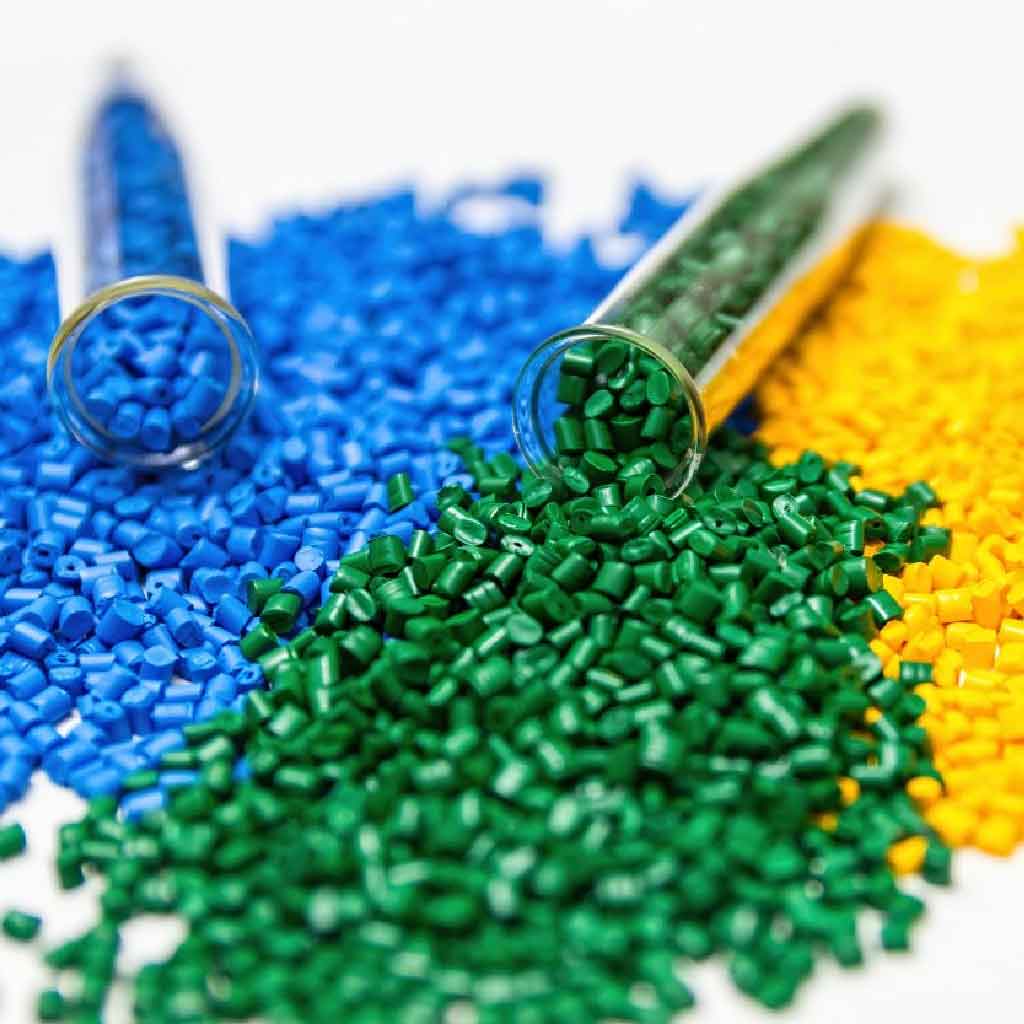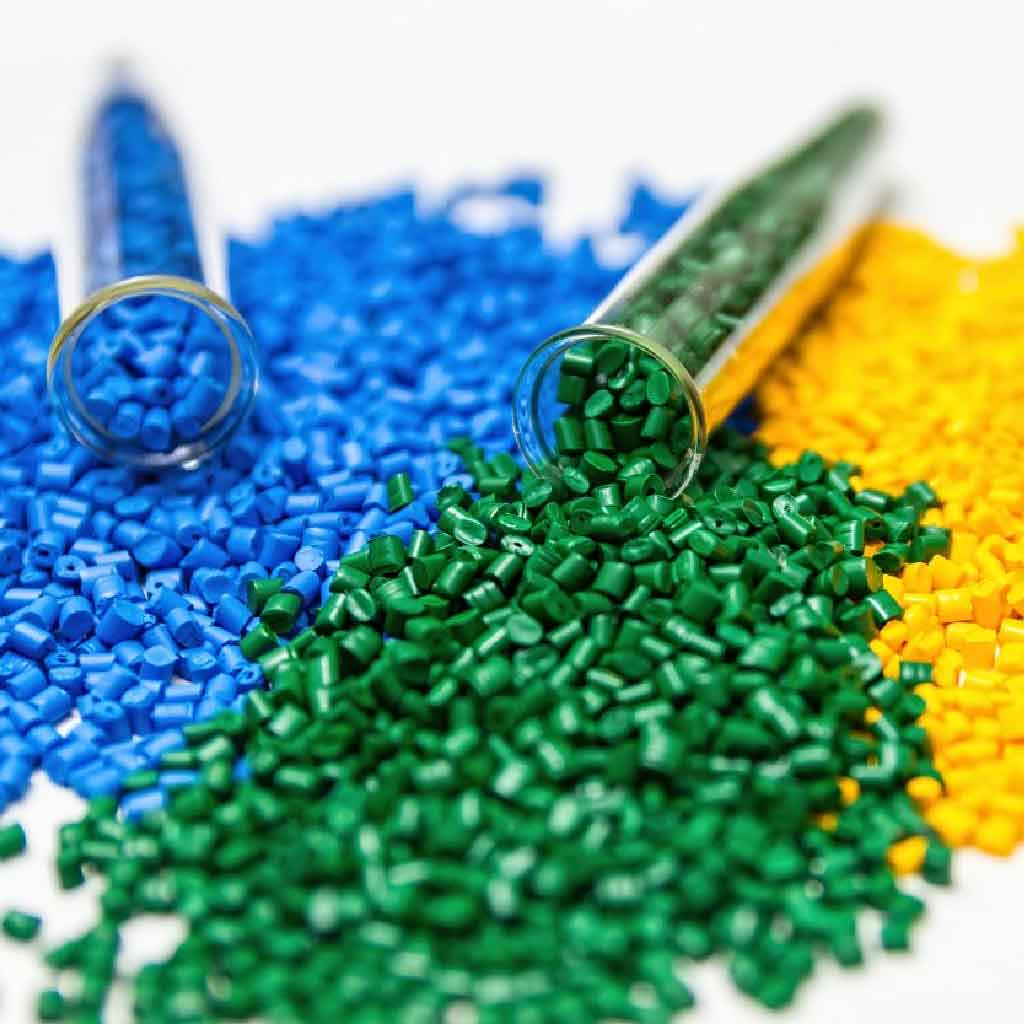
## The Ubiquitous World of Polymer Products: From Everyday Essentials to Cutting-Edge Innovations
Polymers—large molecules composed of repeating structural units called monomers—form the silent infrastructure of our modern existence. Derived from the Greek words *poly* (many) and *meros* (parts), these macromolecules have evolved from natural biological materials like DNA and cellulose to sophisticated synthetic compounds that define contemporary life . Today, polymer products permeate every facet of human activity, from the packaging that preserves our food to the medical devices that sustain life, demonstrating an unparalleled versatility that continues to revolutionize industries worldwide
 .
.
### The Science Behind the Material: Monomers, Chains, and Architectures
**Polymerization**, the chemical process linking monomers, creates macromolecules with diverse architectures: linear chains (PVC pipes), branched structures (low-density polyethylene), or cross-linked networks (epoxy resins) . This molecular design dictates performance:
- **Thermoplastics** (e.g., polyethylene, polypropylene) soften when heated, allowing remolding—ideal for recyclable packaging and automotive parts .
- **Thermosets** (e.g., Bakelite, polyurethane) undergo irreversible curing, creating durable matrices for aircraft components or circuit boards .
- **Elastomers** (e.g., synthetic rubber) exhibit reversible elasticity, critical for seals and tires .
*Table: Key Polymer Classifications and Properties*
| **Classification** | **Structure** | **Key Properties** | **Examples** |
|-------------------|--------------|-------------------|-------------|
| **Thermoplastics** | Linear/Branched Chains | Remoldable, Recyclable | Polyethylene (PE), Polypropylene (PP) |
| **Thermosets** | Cross-Linked Networks | Heat-Resistant, Rigid | Epoxy, Phenolic Resins |
| **Elastomers** | Lightly Cross-Linked | High Elasticity | Natural Rubber, Silicones |
| **Fibers** | Crystalline Regions | High Tensile Strength | Nylon, Polyester |
### Industrial and Consumer Applications: A Material for Every Need
#### 1. **Packaging and Materials Science**
Synthetic polymers like **polyethylene terephthalate (PET)** dominate packaging due to their lightweight nature, moisture resistance, and transparency. Over 330 million tons of synthetic polymers are produced annually, with PE and PP forming bottles, films, and containers that reduce food waste and transportation costs . Innovations like **emulsion polymers** enable water-based, low-VOC coatings for sustainable paints and adhesives .
#### 2. **Automotive and Aerospace**
Polymer composites reduce vehicle weight by up to 50%, enhancing fuel efficiency. **Polypropylene** molds dashboards, while **polyurethanes** cushion seats . In aerospace, **carbon-fiber-reinforced polymers (CFRPs)** like PEEK withstand extreme temperatures in jet engines, while elastomeric seals ensure cabin pressure integrity .
#### 3. **Biomedical Breakthroughs**
Biocompatible polymers enable life-saving innovations:
- **Polylactic acid (PLA)** dissolves harmlessly in the body, serving as surgical sutures or bone screws .
- **Silicone** membranes in pacemakers and **PEEK-OPTIMA™** spinal implants offer corrosion resistance and MRI compatibility .
- Polymer-based "lab-on-a-chip" devices enable rapid disease diagnostics .
#### 4. **Electronics and Construction**
**Conductive polymers** power flexible displays and lithium-ion batteries, while **polycarbonate** forms shatterproof device casings . In construction, **polyvinyl chloride (PVC)** pipes resist chemical corrosion, and **fiber-reinforced composites** create resilient bridges and wind turbine blades .
*Table: Sector-Specific Polymer Products and Benefits*
| **Industry** | **Polymer Products** | **Key Benefits** |
|-------------|---------------------|----------------|
| **Medical** | Biodegradable implants, Catheters | Biocompatibility, Reduced surgical removal |
| **Automotive** | PP bumpers, PU foams | 40% weight reduction, Improved fuel efficiency |
| **Electronics** | Polycarbonate casings, Conductive inks | Impact resistance, Circuit miniaturization |
| **Construction** | PVC pipes, Epoxy adhesives | Corrosion resistance, Structural durability |
### Sustainability and Future Frontiers: Beyond the Status Quo
Despite their utility, conventional polymers pose environmental challenges. Only 9% of plastics are recycled globally, driving demand for **biodegradable alternatives** like **polyhydroxybutyrate (PHBV)** from agricultural waste . Innovations include:
- **Non-Isocyanate Polyurethanes (NIPUs)**: Eliminate toxic precursors while maintaining performance .
- **Chemical Recycling**: Breaks down plastics to monomers for repolymerization, enabling circular economies .
- **Biopolymers**: Companies like SPECIFIC POLYMERS develop epoxy resins from plant-based succinic acid, reducing reliance on petrochemicals .
Advanced polymer technologies are also unlocking new capabilities:
- **High-Performance Polymers (HPPs)**: Materials like **PEEK** endure temperatures above 250°C, serving in downhole oil drilling or satellite components .
- **3D-Printed Polymers**: Custom medical implants or lightweight aerospace parts built layer-by-layer .
- **Nanocomposites**: Nanoparticle-infused polymers enhance barrier properties in food packaging or conductivity in sensors .
### Conclusion: The Indispensable Material Shaping Tomorrow
Polymer products exemplify the convergence of science and necessity. From the Bakelite radios of the 1920s to today’s PEEK-based artificial joints, they continuously redefine possibility . Yet their future hinges on responsible innovation—balancing performance with planetary health through bio-based feedstocks, closed-loop recycling, and smart design. As polymer engineering evolves, these "many-part" molecules will remain central to human progress, proving that the most transformative materials are often those that adapt, endure, and disappear without a trace when their task is done.

هیچ دیدگاهی برای این مطلب ثبت نشده است.